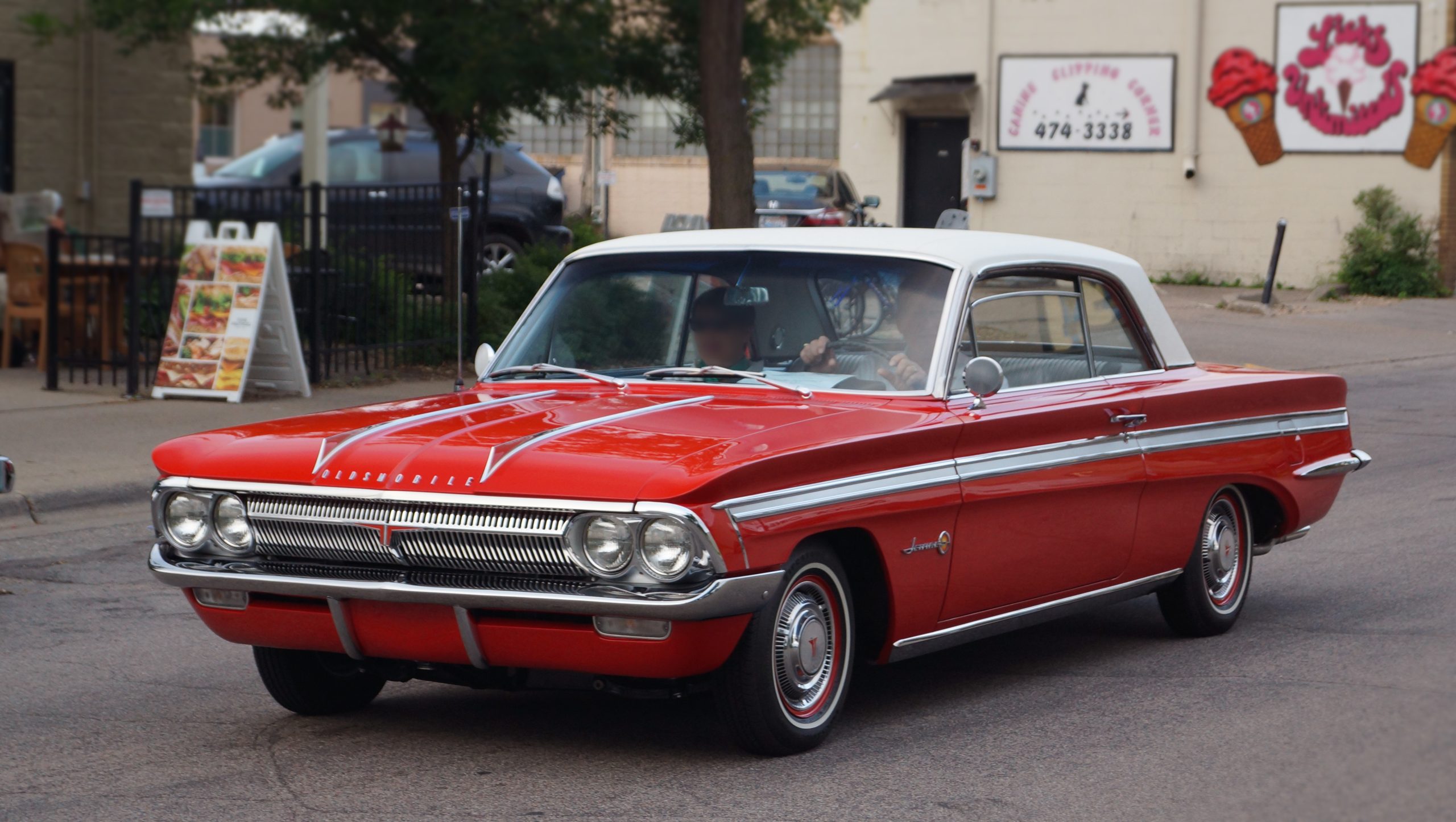You all know the story: the 1956 Ferrari 250 GT ‘Tour de France’, an SCCA racer and supporting automotive actor in Disney’s The Love Bug later abandoned by the side of the LA freeway, its value (and assumed reliability) having hit rock bottom. Many years later, restored, with Classiche certificate glinting in the Monterey sunshine, RM sold it for $6.7m.
This car turned from being something with almost no monetary value to something that had the world’s historic motoring collectors furiously bidding against each other, and it is not alone. Most classics have, at one point or another, been viewed just as ‘used cars’ rather than anything special.

When I’m adding new models to the Hagerty Price Guide, I often prompt a discussion in the Hagerty office over what constitutes a classic car. To a certain extent in the past I have relied on gut feeling, but now it is time this turning point is quantified. Here’s what I believe are the ten steps on the journey from old banger to concours queen.
Step One: The ‘Lone Wolf’ Restoration. We all know the type: someone who restores an extraordinarily mundane old car to a phenomenal level of detail, spending many times what the vehicle is worth when complete. At first, they’re met with laughter, then wary smiles, then interest as other enthusiasts see what they’ve achieved. Soon someone offers them a lot of money for the car, and then someone else completes another restoration of the same model. The ball is rolling…
Step Two: The Magazine Article. One of the early restorations is so unusual that is comes to the attention of a classic car magazine. Bright photos taken at a 45-degree angle of the car driving down a country lane are interspersed with quotes from the owner, explaining why he remortgaged his house to pay for the rebuild.
Step Three: The Adverts Change. Usually initiated by the dealers who can smell a profit like a truffle-hunting pig, adverts for the car move from Autotrader to one of the classic classified ad websites. Next, the descriptions change too: references such as “the desirable Prima Serie model” or “the most collectable Burnt Umber coachwork” are used for cars that until a few months previously were just the oldest with dull brown paint.
Step Four: Good Cheap Parts Disappear. Once cars start to become considered rising classics, then everyone wants to use good quality, original parts in their restorations. These start to sell quickly, which is noted by the vendors, who then raise the prices. This leads to…
Step Five: Expensive Parts Appear. Not only do good original parts rise quickly in value, but sellers of replacement parts adapt to the new demand by manufacturing new, high-quality parts for the model.
Step Six: Added to the Hagerty Price Guide. Arguably the most important step in the process, the model is presented with the glorious accolade of inclusion in the world’s leading classic car value guide!
Step Seven: The High-Quality Restomod. Putting the quality of the original ‘Lone Wolf’ restoration to shame, a company now takes the original model and enhances it for the 21st century. A 350-bhp V8 is squeezed into the engine bay, the interior replaced by Alcantara and unicorn hair upholstery, and every metal part is replaced with either carbon fibre or titanium.
Step Eight: Model Racing. No, not Tamiya getting in on the act, but a photo of a catwalk model (male or female) on the front page of a national newspaper grinning from the front seat of the car at a historic racing meet. Ideally, the said model should also crash the car (without injury) on lap one, encouraging even more press coverage.
Step Nine: Numbers Increase. Miraculously, the number of cars of that model suddenly starts to increase. Cars that had sat in sheds, garages, under trees and at the bottom of lakes for many years are recovered and restored.
Step Ten: The Heritage Fleet. Finally, the original manufacturer cottons on to this goldmine, and starts creating its own restoration models, parts and even an ironic range of period clothing. Not happy with the cars that have already been built, it then discovers a list of chassis numbers in a dusty drawer that allows it to build ‘continuation’ models.
And so, the model, now a fully-fledged classic, is ready to take its rightful place in the ultimate pantheon of motoring greats and appear in The Antiques Road Trip. Its journey is complete.
What do you think differentiates a real classic car or bike from just an old one? Are there ‘classics’ you don’t feel deserve the title? Give us your comments!













Mmm an interesting conundrum. Classics are like art “ in the eye of the beholder “ surely it is what you like ….. some people like the allegro and the marina and perhaps it is a good job otherwise whole car marks would disappear. So whatever floats your boat is your classic!
the classic car is a car that’s bought and looked after by it owner from day one wants for nothing if it needs it get its loved and cherish treated like one of the family and used